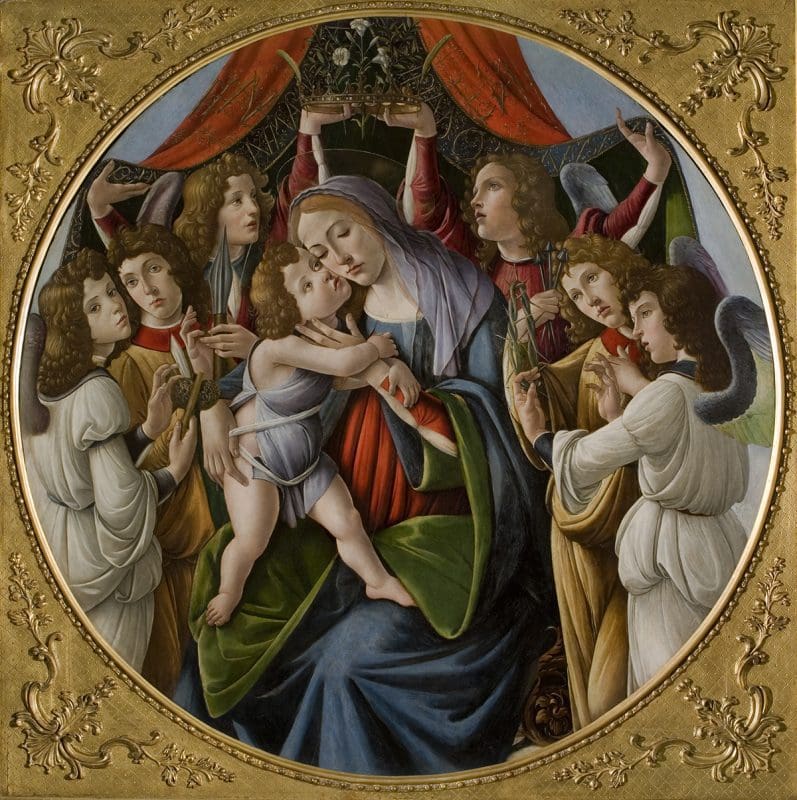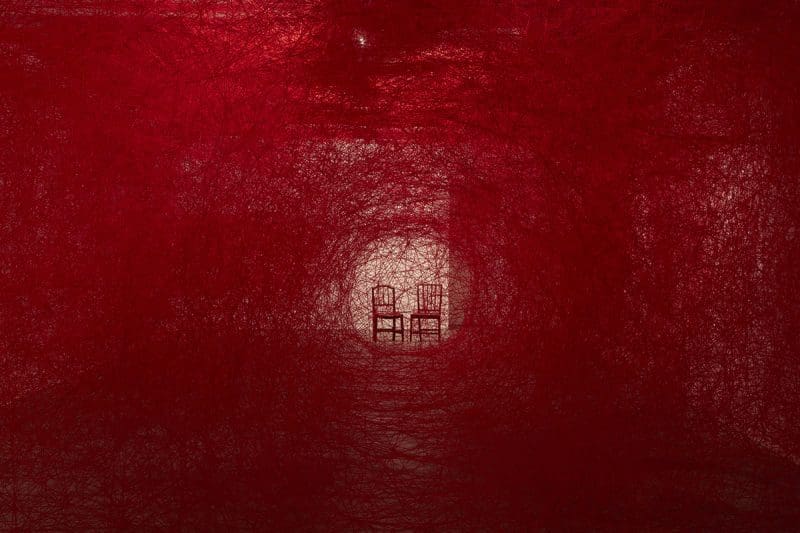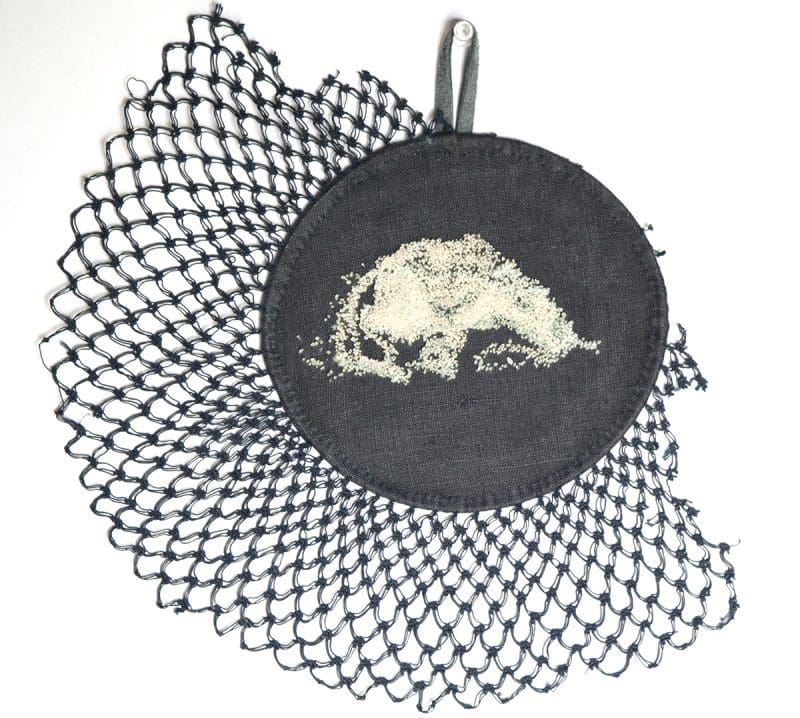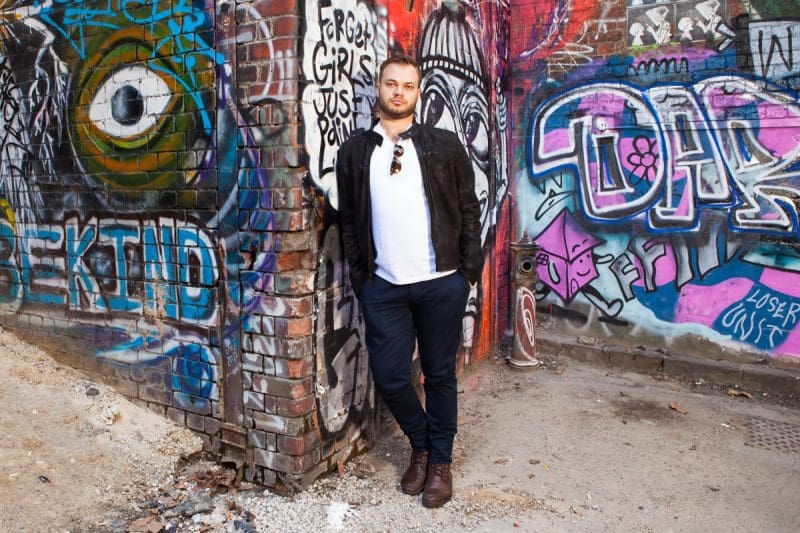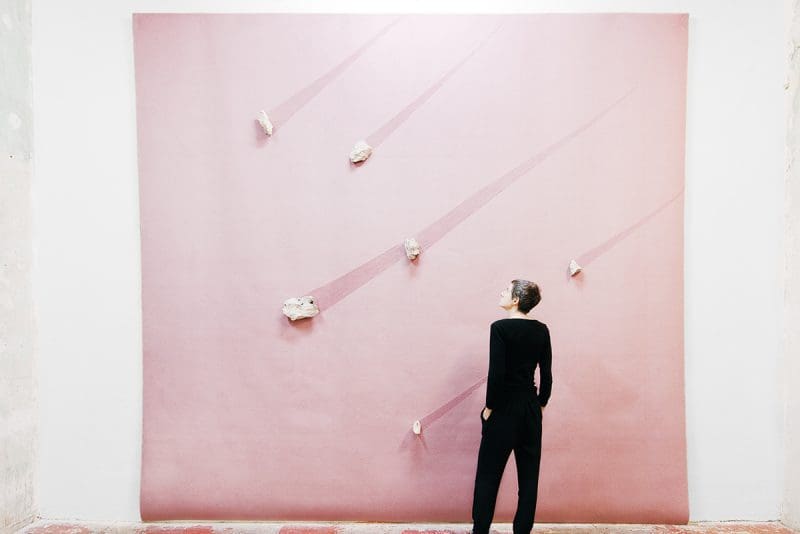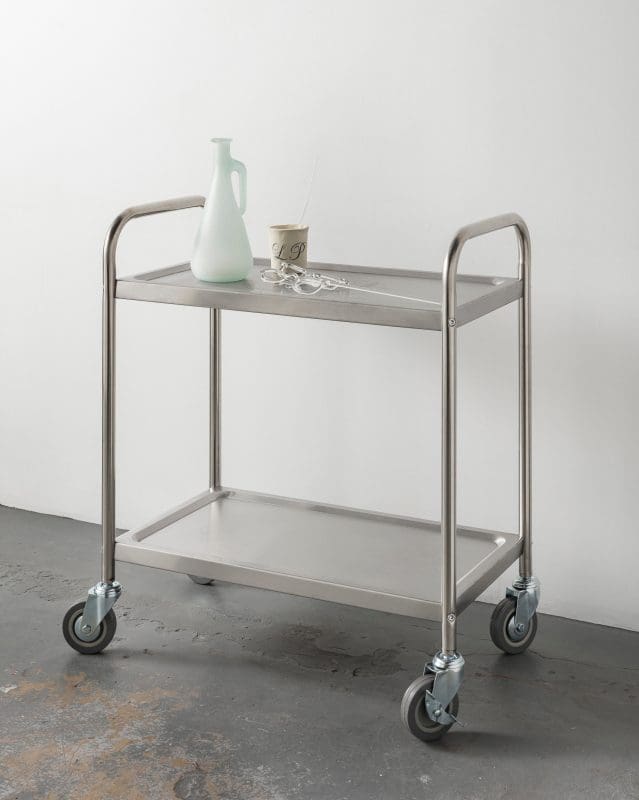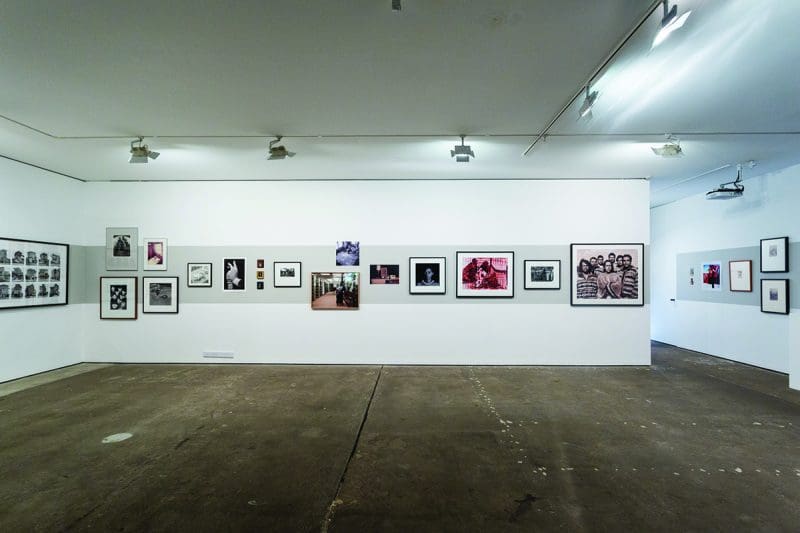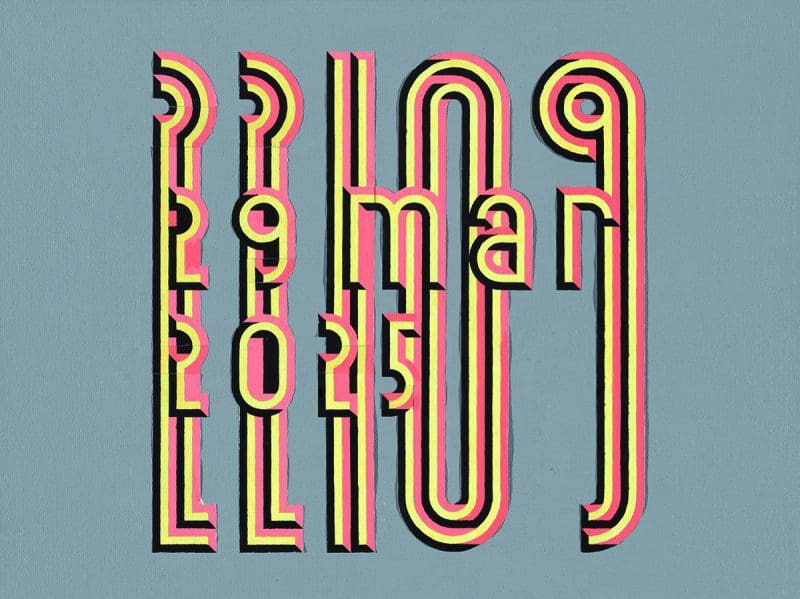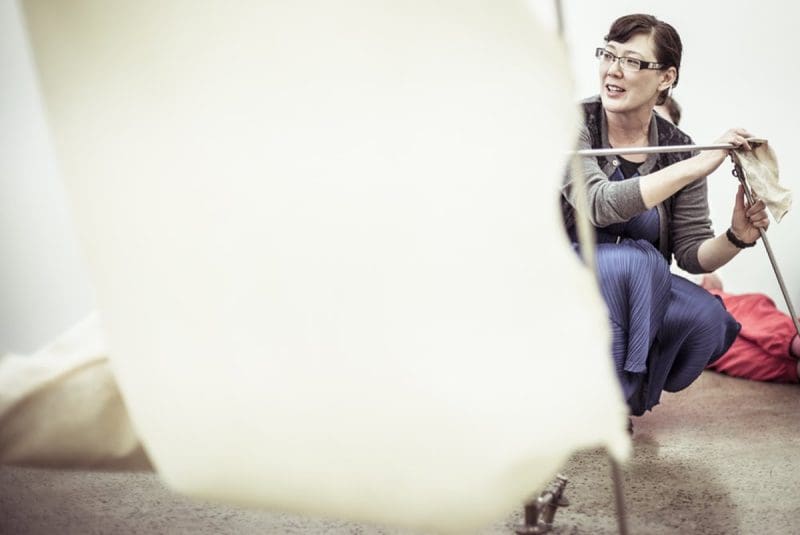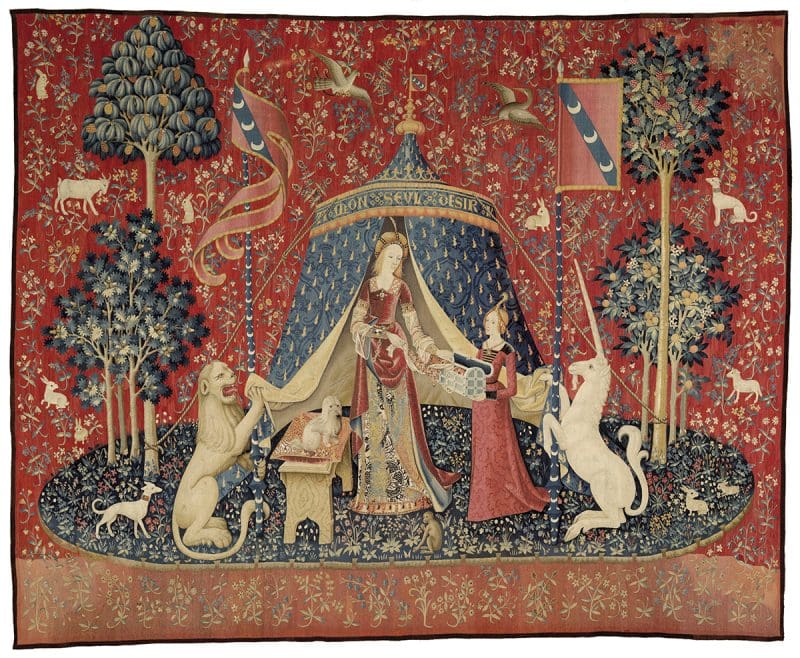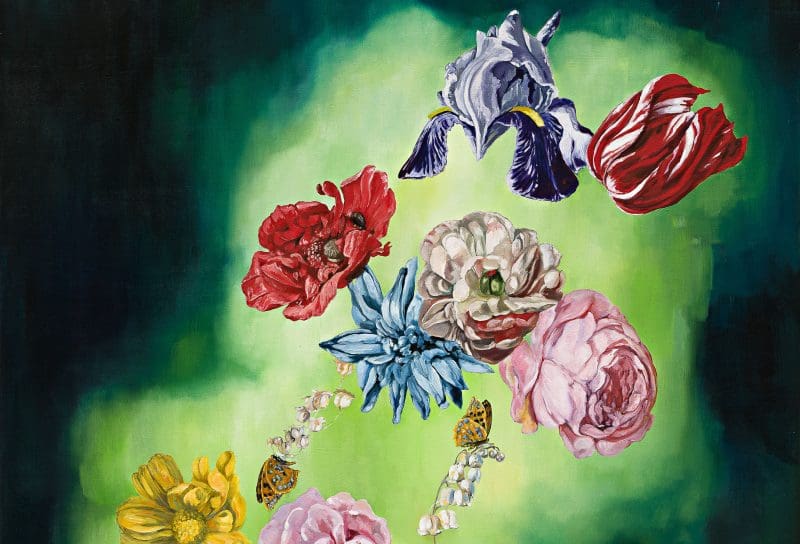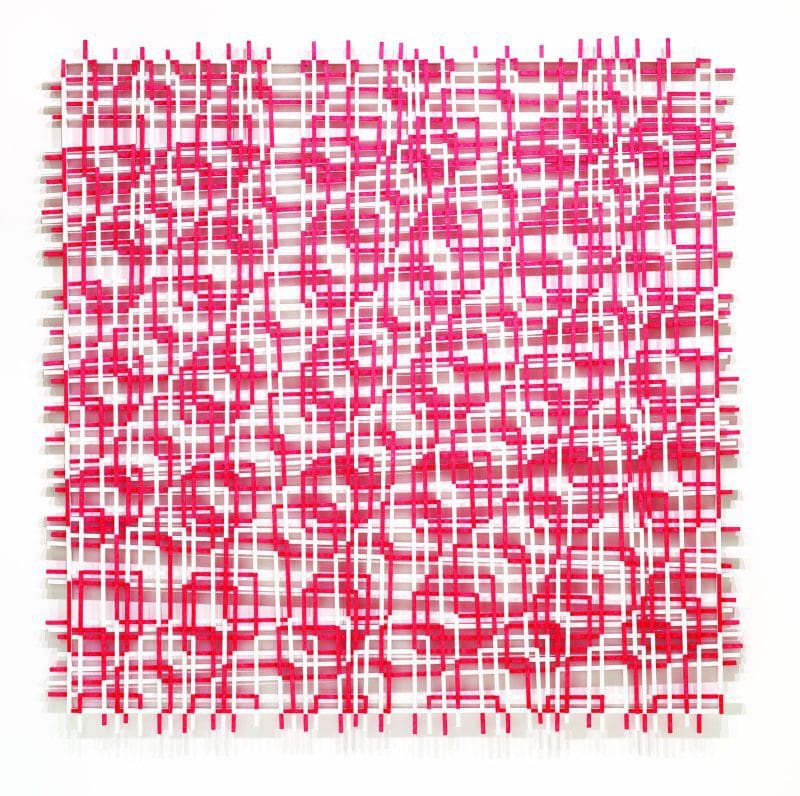
Hilarie Mais
The work of Hilarie Mais presents an uncommon combination: the geometric and abstract married – unexpectedly, successfully – with the atmospheric and the organic.
The work of Hilarie Mais presents an uncommon combination: the geometric and abstract married – unexpectedly, successfully – with the atmospheric and the organic.
The Corsini Collection narrates an influential Florentine family’s story from the Renaissance through to its astonishing modern history.
The program for the 2018 Melbourne Art Fair has been announced. This year the fair has been divided into three broad categories. The biggest part of the show will be the Galleries section with 40 contemporary art galleries from Australia, New Zealand and Southeast Asia participating.
Immigration, displacement and memory are the impetus for a new series of embroideries by Adelaide-based artist Nina Frigault.
Congratulations to Sydney-based artist Travis De Vries who has been awarded the $50,000 NSW Aboriginal Arts Fellowship.
From Berlin to Melbourne – history, place and the provenance of everyday materials tie together the practice of Catherine Evans.
Caz Haswell presented cunning facsimiles of ordinary things; she rendered the familiar strange and invoked the eerie and the uncanny.
In An unorthodox flow of images at the Centre for Contemporary Photography, the arrangement of the exhibition mirrored the title.
Working between 1988 and 2005, Çerkez’s practice is heavily conceptual, containing doses of minimalism and the aesthetics of late modernism.
The work of artist Fayen d’Evie prompts us to consider how we encounter, describe, understand and create art.
The six medieval French tapestries known collectively as The Lady and the Unicorn cycle are a conundrum.
Monika Behrens paints still-life arrangements from a psychedelic dreamscape.
